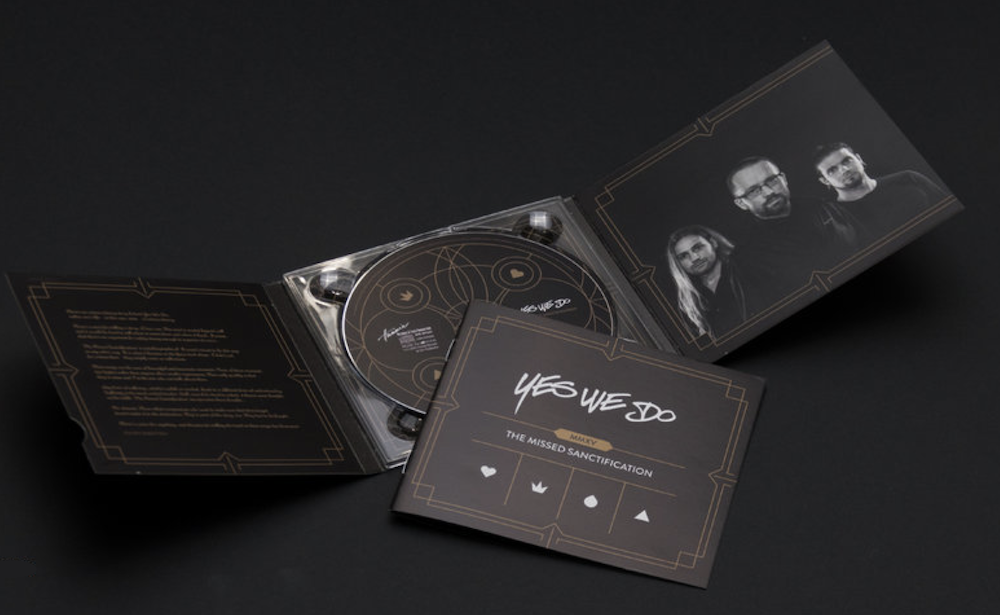HUNNIA RECORDS & FILM PRODUCTION
WHERE THE MUSIC PLAYS

WHERE THE MUSIC PLAYS

Róbert Zoltán Hunka
Producer
DOWNLOADS
Master Audio Files & Booklets
https://www.nativedsd.com/label/hunnia-records/
Hunnia Records Published Collection infos
https://www.dropbox.com/sh/fm0idr38fh804u4/AACq_KRgSWKEUo-7G8cskBC4a?dl=0
PUBLISHING
CD – VIinyL – BluRay – DVD – Pure DSD256 Audio files
AUDIO RECORDING
In 4 separated rooms
24 channel analog – Ampex ATR-124
40 channel 192/24 – ProTools Ultimate 2401, LogicProX,
40 channel DSD256 – Pyramix Masscore, Pyramix Pro, Pyramix Native – Merging Hapi, Anubis
STUDER 961 Recording Console
Steinway D Model Concert Piano, Hamburg
Fender Rhodes
Vintage guitars and amps: Gibson, Fender, Taylor, Marshall…
Drums: Sonor: Signature - Lite - Phonic - Swinger, Ludwig: Rocker, Yamaha: Recording Custom
Cymbals: Paiste, Turkish, Zildjian, Istambul Agop …
HIGH–END AUDIO DISTRIBUTION
Dynaudio, Living Voice, Peak Loudspeakers, Van Medevoort Audio, Plinius, Alluxity, Sugden, Lavardin, NuPrime, Helius Design, Acoustic Signature, Triode Lab, Atacama Audio, Black Rhodium Cables
DSD AUDIO
Audio recording and reproduction have many individual and collective aspects which bring enjoyment. One of those is the quest to as closely as possible, accurately reproduce the analog signals produced by the recording microphones. A primary element affecting this is the Analog to Digital converter, its output format, and any post processing digital manipulation.
Analog to digital based recording has been the primary modality of deliverable music since the early 1980's. It's based on a sequential direct measurement of analog signal level sampling technique. Like individual frames of movie film, when played back produces continuous sound and motion. In the late 90's the resolution limit problem of direct analog signal sampling was solved by inserting an intermediate analog like A/D modulation technique called Pulse Density Modulation (PDM). This was performed via Sigma-Delta modulation, and produced bitstreams that were then converted to PCM . The same PDM modulation technique was also used as the format basis for SACD, and was named Direct Stream Digital (DSD.)
DSD is the 1-bit variant of multibit Pulse Density Modulation (PDM). It's a technique of modulating a square wave (bit clock) with an analog signal, resulting in a continuous bitstream whose bit density/population of up levels (1's) and down levels (0's) are proportional to the modulating analog signal level. Alternating 1's and 0's represent a zero signal level, and zero percent of modulation.
The limitation however, is that there are no digital values represented that are usable by a computer, as there are in PCM samples. So, PCM conversion is required presently for functions beyond editing with conventional Digital Audio Workstations (DAW) used in post production editing and post process sweetening,
Again, the importance of PDM/DSD is that it's the output of the Sigma-Delta modulator, which is the analog to digital conversion step found in all currently available A/D converters. Subsequent conversion to digital value sample based PCM is a decimation filter and interpolation process that is lossy. For the most transparent reproduction of the microphone analog signals, pure DSD recordings without PCM conversions for post production processing, represents the best available technique available today. It is analogous to the direct to disk recording technique of years past.
Tom Caulfield
Recording and mastering engineer
Grammy Award